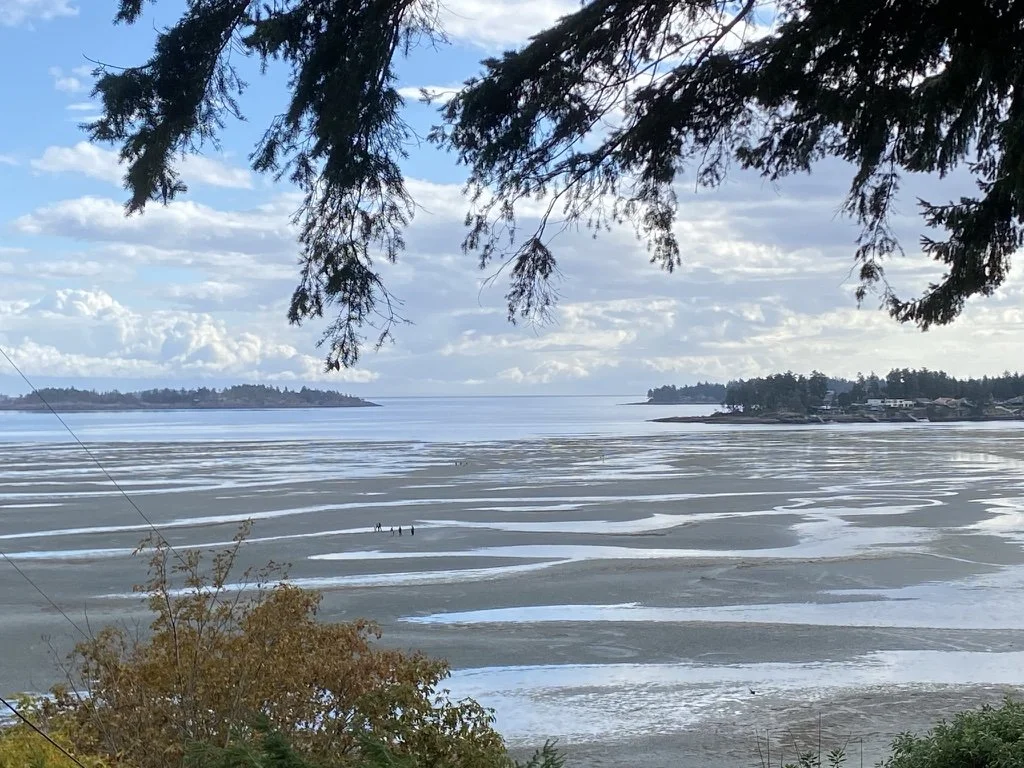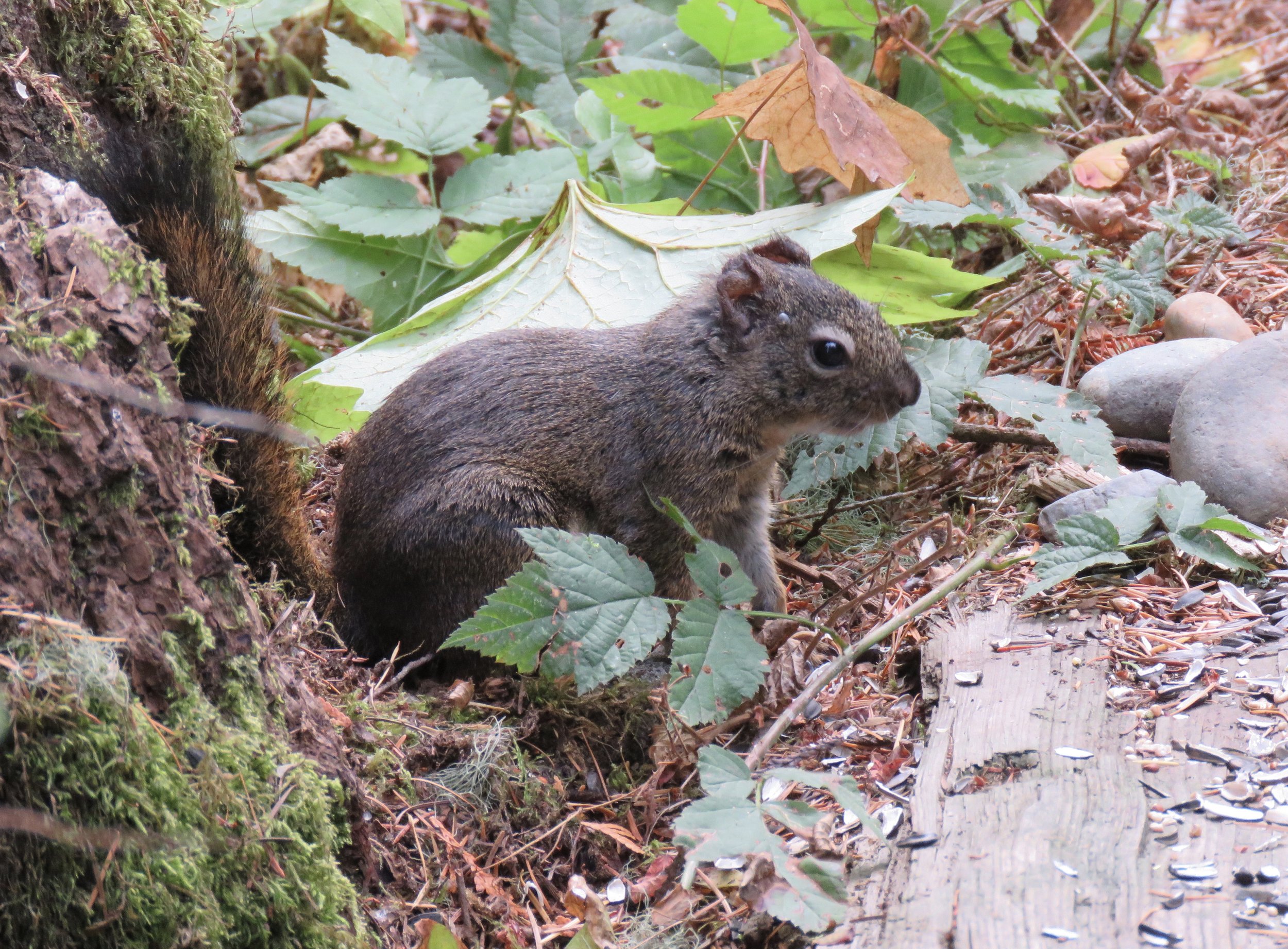A cache can simply be a plastic container.
What is geocaching?
Geocaching can be called a worldwide treasure hunt where you use a GPS to search for hidden objects. It’s a fun and exciting way to enjoy the great outdoors for people of all ages. Geocaching combines the sport of walking with the excitement of discovering treasure. ‘Geo’ means ‘earth’ and ‘cache’ means ‘hidden’ in French.
I have retired friends who traveled the world in order to go geocaching in any country they like.
Nico loves to go for a hike with a purpose.
When our grandson Nico turned 10 years old he was already an avid geocacher. And he still likes to ‘walk with a purpose’ by combining his search for a new cache with a walk in a new place. Recently he found new caches at the PNE grounds in Vancouver, near a skateboard park in Tsawwassen and on Salt Spring Island. “Geocaching has taught me all about navigating with maps, how to use GPS and coordinates,” he says, “I’ve become a better hiker and better at spotting things because of it.”
This sport will get you outdoors and actively walking, whether it is in a city or in a forest.
The easiest way to get started is to go to the website:
https://www.geocaching.com/play
You can download the app on your phone or tablet. Using maps, it allows you to navigate geocaches anywhere by GPS. You pinpoint your current location and the app will show you where, near you, are hidden treasures. After creating a (free) account, it takes you to your home location, from where you can navigate anywhere in the world to see caches.
Where is it hidden?
Not only will you see the approximate location on your map, there is also a description and a hint of the location and container for which you will be searching. The coordinates are such that you will need to use your eyes, and your legs, to find the actual spot once you get close. The map brings you to within a few meters from the container and that’s when the real search begins. Searching is half the fun. Perhaps the container is inside a post, or under some branches. The coordinates might lead you to within 5 or 10 meters but then you have to start turning over rocks and peeking under logs, using the information you read in the description.
This metal ‘acorn’ was a hard one to spot!
Not long ago we came close to a geocache’s location in Burgoyne Bay on Salt Spring Island, while on a family walk. But once the final search started, none of us could find the hidden treasure. Until Nico had a closer look at the description and we followed the details more careful. Then we finally located it!
You can search for geocaches year round.
A traditional cache may be a small container, a tin or a plastic box. Inside you will likely find a tiny logbook in which you can record your name and the date you found it. There will also likely be some small ‘treasures’ - a coin, a toy, a pin…. You can pick one and leave a new gift for the next person so come prepared with some tiny gifts in your pocket to leave behind. You might also want to carry a pen or pencil in your pocket.
This is a trackable one. The website has a Travelbug map on which to follow your trackable around the globe.
Besides traditional caches, there are many different caches, including trackables. These come in the shape of a key chain which you can purchase. On it is a code. Once you enter it online, and then hide it in a cache, you can track its location anywhere in the world.
Someone can take a trackable to another province or even another country before placing it somewhere again. Online you can find out where the trackable came from and where it currently is. It can be given a name and a description. This also tells you what the owner would like his or her trackable to accomplish. For instance, Nico has a trackable out there named Frogo the Froggie Travel Buddy. He hopes his frog hops around the world and that it will return home in 5 years. Meanwhile, he can follow its location online (currently en route from Oregon to California). A fun and unique way to learn about the world. One trackable that Nico found has traveled from the USA to England and then to Canada.
There are many more types of caches. And, once you know what you’re doing, you can start making and hiding your own.
You might not be the only one searching in the forest...
Nico has a cache hidden in the road side of the hedge around our yard (it cannot be on private property). Regularly we hear people talking on that side of the hedge, wondering where the cache might be. If we go out to meet them, we often discover that these people are from Calgary, or Nova Scotia… Often they are on a holiday and searching for caches while they travel.
A cache can be hidden under moss or branches.
“People recommend that you find about 100 caches before attempting to make and hide your own,” Nico says. After two years of finding treasure, he recently built his first cache. He created an elaborate container which holds the smaller container with treasure. He covered his cache with mosses and natural products so that it blends nicely into the natural surroundings in a forest near his home. After constructing his cache, Nico went to the official website to post its exact location, a description and a hint.
What did we find?!
“A new cache cannot be within 161 meters (one tenth of a mile) of an existing cache,” he explains. “You also cannot spoil the fun by telling someone where exactly it is. Finding it all by yourself is the fun of this activity.”
Once the new location, description and hint were approved, Nico had to go hide his creation well and it became an official cache. One of thousands of caches around the world that you can now go out and find. A fun and exciting way to travel!
Resources:
• https://www.geocaching.com/play
• https://www.youtube.com/watch?v=K-4q6sYuyfY
• https://www.youtube.com/watch?v=GXzIu7p82jg
Books:
• Geocaching Handbook: The Guide for Family Friendly High Teach Treasure Hunting, by Layne Cameron
• A fun novel for kids about geocaching is: The Exact Location of Home by Kate Messner.














